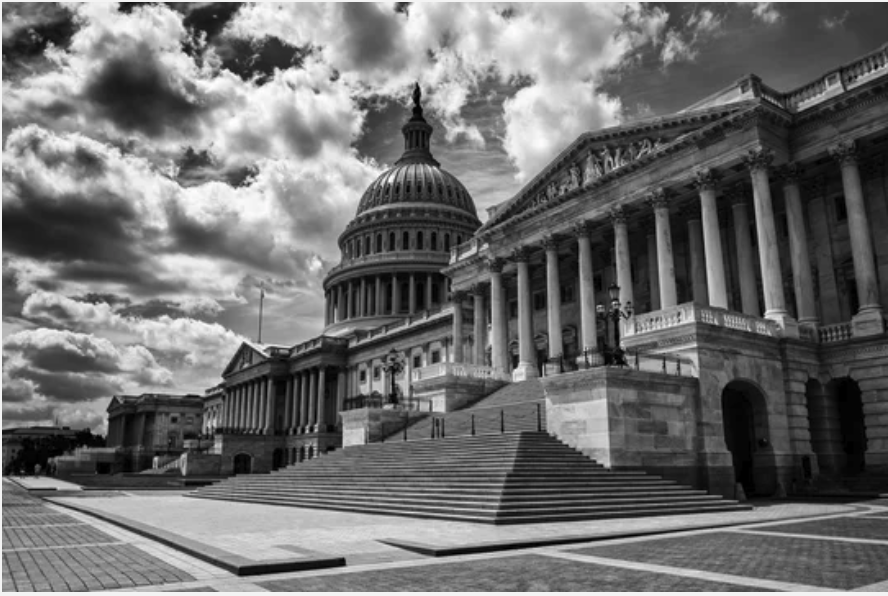What a Government Shutdown Means for Grants
Grants — whether for research, nonprofit operations, community projects, or infrastructure, are vital lifelines. But in a U.S. federal government shutdown, those lifelines can be frayed. A shutdown doesn’t always mean every grant is cut off immediately, but it does introduce uncertainty, delays, and administrative disruptions that ripple through grantees, institutions, and communities.
Why Grants Are Vulnerable
At its core, a government shutdown stems from the failure of Congress to pass appropriations or a temporary continuing resolution. Without that legal authority, federal agencies cannot obligate or expend money for new activities. Center on Budget and Policy Priorities+2NHSA+2
Grant programs that rely on discretionary funding (i.e. funding that requires annual congressional approval) tend to be most vulnerable. During a shutdown:
- New grant solicitations and awards are often suspended. Agencies pause the review of proposals, the issuance of new awards, and program launches. American Council on Education+2K&L Gates+2
- Administrative operations — staff who review applications, monitor compliance, issue amendments, process reimbursements — may be furloughed. That slows processing times. K&L Gates+2American Council on Education+2
- Grant modifications or regulatory changes (e.g. updating guidelines, revising budgets) are more difficult since those actions often require “obligating” funds, which agencies can’t do without appropriations. K&L Gates+2Squire Patton Boggs+2
- Formula grants and non-discretionary grants (those based on prior statutes or multiyear funding) may be less directly affected — depending on how they’re structured. Center on Budget and Policy Priorities+1
In short: existing funded awards may limp forward (if they have committed funds), but new or discretionary moves slow or stop.
What Grants Might Continue (and Under What Conditions)
Even in a shutdown, the picture isn’t all dark. Some grants or parts of grants may persist under limited conditions:
- Obligated Funds Draw-downs
If an agency has already committed (or obligated) funds under a grant before the shutdown, grantees may still draw them down — assuming no other legal or regulatory block. American Council on Education+2Tennessee Tech University+2 - Essential or Protected Functions
Some grant–related work deemed “essential” may continue under an agency’s contingency plan. This varies by grant program and agency. Center on Budget and Policy Priorities+2K&L Gates+2 - Grants Already Issued in Advance
Grants that have been fully awarded and funded in advance (i.e. multiyear or block grants) may be less impacted, provided the funds are already obligated. American Council on Education+2K&L Gates+2 - Grants Not Dependent on Discretionary Appropriations
Some grants or financial assistance mechanisms are authorized under mandatory programs or under multi-year funding that extends past the fiscal year. Those may have more continuity. Center on Budget and Policy Priorities+1
However, even where funds are technically available, support infrastructure (staff, processing systems, compliance checks, oversight) may be stalled because the people running them are furloughed.
Real-World Impacts & Examples
- Universities & Research Institutions
Agencies like the National Institutes of Health (NIH) or National Science Foundation (NSF) may suspend proposal reviews, delay awards, and slow progress reports. American Council on Education+2Squire Patton Boggs+2
Still, if a research award is already in place and funds are committed, the institution might still spend under the terms of the grant — though support and oversight may lag. - Nonprofits & Community Organizations
Nonprofits that depend on federal grants for operations (or project funding) could face cash flow challenges if reimbursements are delayed. The Chronicle of Philanthropy+1
Some grants require frequent reporting, compliance checks, or matching funds — if those processes are interrupted, the grantee may be at risk of noncompliance. - Education Grants, Student Aid
The Department of Education has contingency plans: student aid (e.g. Pell Grants, federal student loans) typically continue for a time even during a shutdown. NASFAA+2AP News+2
But new grant programs, discretionary initiatives, or adjustments to grants may be stalled. AP News+1 - State & Local Grants
States and municipalities waiting on federal grants to launch infrastructure or social programs may see delays in contract awards or funding disbursement — putting projects on hold, shifting timelines, or causing financial strain.
What Grantees Should Do to Prepare & Respond
Given the uncertainty, grantees and institutions can take proactive steps to mitigate harm:
- Review Contract/Grant Terms Carefully
Look for clauses about disaster funding, force majeure, or contingencies. Some grants anticipate such lapses. - Communicate with the Agency
Contact the grant officer or program officer to understand whether operations or reviews will continue under contingency plans. Squire Patton Boggs+1 - Manage Cash Flow Conservatively
If reimbursements or payments might be delayed, maintain reserves or limit discretionary expenses. - Prioritize Critical Tasks
Continue essential operations (e.g. payroll, core services) but delay nonessential expansions or modifications until certainty returns. - Document Everything
Keep strong records of work, expenses, and communications in case the agency requires justification later. - Advocacy & Collaboration
Work with peers, umbrella organizations, or advocacy groups to urge Congress or agencies to preserve funding stability for critical grants.
The Broader Consequences
When grants stop moving:
- Projects may be delayed or canceled.
- Organizational capacity shrinks.
- Innovation, research, and community services slow.
- Trust may erode: grantees, partners, and beneficiaries see inconsistency and unpredictability.
One academic study on funding interruptions shows that delays of even 30 days in NIH grants can have long-term impacts on researchers’ careers and output. arXiv
In sectors where federal grants are a backbone — research universities, public health institutions, nonprofits, local governments — a shutdown interrupts momentum and can set back progress already underway.
If you like, I can format this as a downloadable PDF or prepare a shorter “grant-impact explainer” version you can share more easily with stakeholders. Do you want me to add some recent data or examples from past shutdowns to strengthen it?
Bibliography
- American Council on Education (ACE). (2025). Shutdown uncertainty: Research, oversight, student services. ACE. Retrieved from https://www.acenet.edu/News-Room/Pages/Shutdown-Uncertainty-Research-Oversight-Student-Services.aspx
- AP News. (2025, September 30). 87% of Education Department staff to be furloughed in shutdown. AP News. Retrieved from https://apnews.com/article/2511421f2e5fe73a83e24ebb6e1df00b
- Center on Budget and Policy Priorities (CBPP). (2023). Understanding the legal framework governing a shutdown. CBPP. Retrieved from https://www.cbpp.org/research/understanding-the-legal-framework-governing-a-shutdown
- K&L Gates. (2023, September 27). Impacts of a government shutdown: Grants. K&L Gates. Retrieved from https://www.klgates.com/Impacts-of-a-Government-Shutdown-Grants-9-27-2023
- National Association of Student Financial Aid Administrators (NASFAA). (2025). ED details contingency planning in case of a government shutdown. NASFAA. Retrieved from https://www.nasfaa.org/news-item/37349/ED_Details_Contingency_Planning_In_Case_of_a_Government_Shutdown
- Philanthropy.com. (2025). What’s at stake for nonprofits with a government shutdown looming. The Chronicle of Philanthropy. Retrieved from https://www.philanthropy.com/article/whats-at-stake-for-nonprofits-with-a-government-shutdown-looming
- Squire Patton Boggs. (2019, February). Government shutdown: Does it affect my research grant or contract? It may. Squire Patton Boggs. Retrieved from https://www.squirepattonboggs.com/en/insights/publications/2019/02/government-shutdown-does-it-affect-my-research-grant-or-contract-it-may
- Xu, L., Li, X., & Wang, Y. (2024, February). The impact of federal funding interruptions on scientific productivity: Evidence from NIH grants. arXiv Preprint. Retrieved from https://arxiv.org/abs/2402.07235





.png)
.png)